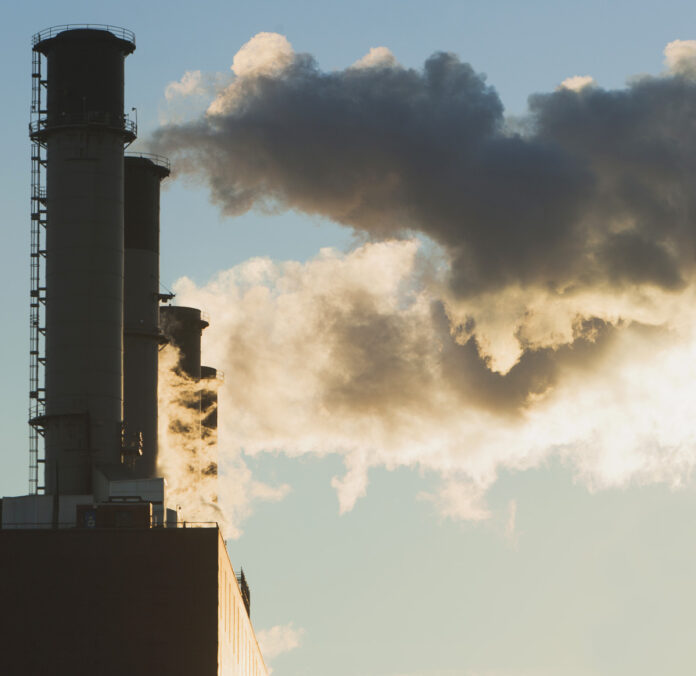Elected and community leaders from the city of National City rallied at Pepper Park on Aug. 23 to demand the San Diego Port District invest American Rescue Plan Act funds to equitably benefit communities which have historically been disproportionately impacted by industrial operations in the South Bay area.
The San Diego County Board of Supervisors allocated more than $650 million of the ARPA funding on June 8 with the majority of the dollars slated for ongoing COVID-19 response costs, homeless services and small business support. The San Diego Port District is expected to receive $100 million of that allocation and National City’s leaders would like to see half those dollars spent on projects that serve environmental justice while the region begins to recover from the pandemic.
Officials from the city of National City said in an Aug. 22 press release that the high diesel particulate matter emitted from operations near the port are “a contributing factor to increased risks and incidence of asthma, lung cancer, chronic heart diseases and other serious health conditions” and subsequently made National City residents more vulnerable to COVID-19.
National City had some of the highest infection rates in San Diego County through the pandemic.
National City Mayor Alejandra Sotelo-Solis said it is important to have ARPA funding directed in a way that will mitigate negative air quality factors in National City while also helping all port cities reach climate action goals.
The Port’s five member cities are Chula Vista, Coronado, Imperial Beach, National City and San Diego.
Port Commissioner Sandy Naranjo, who represents National City on the seven-member Board said, being a unified port means doing “as much as we can within the scope provided by the American Rescue Plan Act so that all Port cities flourish and thrive” while reinvesting in opportunities as a resilient public agency.
“We’ve talked for years about the connectivity to our port with regards to a water taxi. As the Chula Vista waterfront gets built, we can be that stop for coffee and a social scene. There’s a multitude of opportunities for all of it. We just don’t want to be skipped over,” Sotelo-Solis said.
National City, she said, deserves to have access to the waterfront and to amenities. She contrasted the ongoing situation to the relatively fast timeline the Port applied in completing ‘The Shell’ in downtown San Diego, a waterfront venue and public park.
“Within three years, the port was able to get the Shell built in downtown San Diego, from plan to shoveling ground to actually being built. Meanwhile, our balanced plan has been in development for 16years— we’re going on year 17 and we haven’t even gotten the Environmental Impact Report. If the port can prioritize efforts here, then an additional two acres in our community at Pepper Park could be established,” Sotelo-Solis said.
In addition to potentially expanding Pepper Park, Sotelo-Solis said the city would like to see access to transit centers funded as well as the Maritime Clean Air Strategy plan.
The MCAS plan sets health equity goals for 2030 with specific emissions reduction goals, ostensibly to improve public health, facilitate job creation, reduce ambient noise, participate in urban greening and ecosystem enhancement, and improve access to San Diego Bay.
National City, the mayor said, has been “at the forefront of statewide legislation” and historically has advocated for underserved communities during discussions on items like Cap-and-Trade, a California State economic scheme for reducing carbon dioxide emissions that theoretically creates incentive for investing in cleaner technology.
“We have advocated locally but we don’t always have jurisdiction and we have to work to make sure our colleagues represent us at the state and federal level. Things are happening, slowly, but policy doesn’t happen overnight,” Sotelo-Solis said.
If the ARPA funding is not distributed how city officials hope it will be, she said, they plan to keep pushing the dialogue.
“This is part of our movement and it isn’t just a one-issue conversation— this is ongoing and this is important. We will continue to make sure our voice is at the table.”












